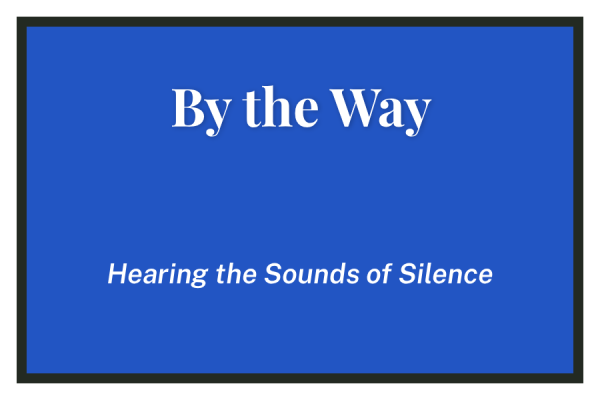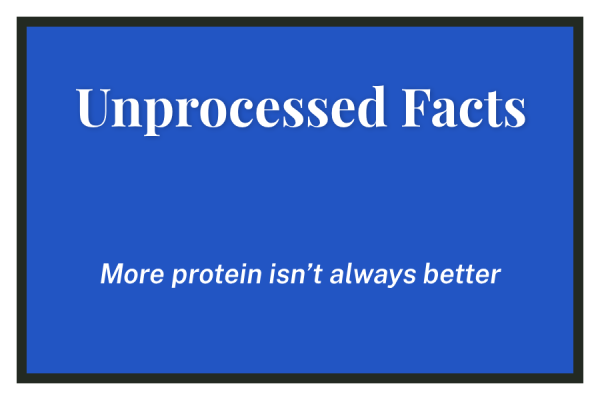Carlin’s Conventions, Issue 3
Why We Should Have Conversations Surrounding Healthy Eating Habits
Over the summer, I spent three weeks living in a sorority house with 40 rising juniors and seniors. We spent every waking moment together, including meals. Shortly into my time with them, something caught my attention which seemed abnormal: nearly everyone took a full plate of food from the buffet lines.
Naturally no one else noticed this, because no one else thought it strange. To my peers, and to most American high school students, eating (at least) a full plate of food at every meal seemed perfectly normal. Yet, after nine months of eating lunch every day in Parker’s hallways, and dinner some nights with my classmates and friends—where I was surrounded by plastic containers of edamame and single-serving bags of Skinny Pop—I was surprised to see my housemates eating almost as much as I do.
Sometime during my freshman year, I realized how little most Parker students eat — because they think Skinny Pop or edamame is a normal, satiating amount of food. Sitting through countless meals with Parker students, whether we were friends or had barely spoken, and thinking, “where’s the rest of that?” became normal for me. It quickly made me uncomfortable.
In a school where the phrase “going ano” is thrown around casually to describe the person you sit next to in English class or your best friend from Middle School, a lack of community conversation surrounding healthy eating habits is disturbing, to say the very least. Though Parker, it seems, tries to use dialogues to address school-wide issues, I’ve never seen the school offer students the chance to discuss healthy eating habits. Instead, conversations take the form of inter-student gossip and almost exclusively discuss eating disorders among students rather than offering advice on the maintenance of healthy eating habits.
Moreover, our warped senses of what is a “healthy” amount of food for a meal and of what a “normal” body type is does not conform to females, as is usually assumed by communities discussing disordered or dysmorphic eating. In fact, a highly concerning aspect of eating habits at Parker is that disordered eating in males is almost never discussed.
Having walked the halls of Parker’s Upper School, and having talked to many of my classmates outside my immediate group of friends, I can safely say there is no shortage of willingness to talk about unhealthy eating habits. What there is a lack of, however, is positively focused dialogue beyond passing hallway or classroom commentary—and that is what our community needs.
So, next time you see someone making a “meal” out of a single-serving cellophane bag, or a four-ounce plastic container, pause and consider the beneficiality of a formal conversation surrounding eating habits at Parker.










